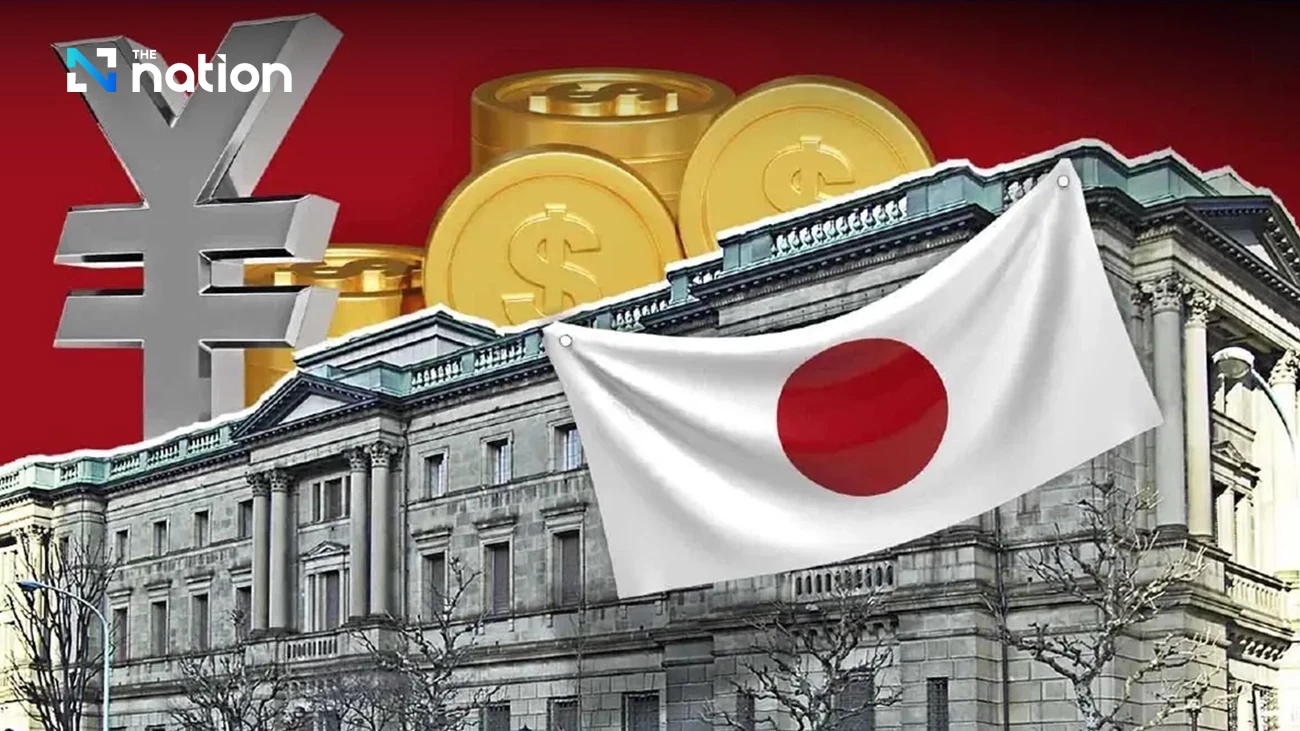However, sources close to the matter have indicated to Reuters that the BoJ is unlikely to implement any drastic changes to its existing QT framework.
Instead, the focus will be on a measured deceleration of bond reductions from the next fiscal year onwards. This cautious stance is designed to preempt market upheaval, particularly after government long-term bond yields witnessed a notable surge last month.
Under its current plan, the Bank of Japan has been gradually cutting bond purchases by approximately 400 billion yen per quarter, with an aim to halve its monthly buying to 3 trillion yen by March 2026.
Should the BoJ opt for a 200 billion yen per quarter reduction from fiscal year 2026, monthly purchases would consequently fall to around 2 trillion yen by the close of that fiscal year in March 2027.
BoJ Signals Continued Rate Hikes
Meanwhile, BoJ Governor Kazuo Ueda is anticipated to signal the central bank’s ongoing readiness for further interest rate increases.
This prospective tightening factors in the potential risks posed by US tariffs, balanced against persistent domestic food inflation.
In a speech on 3rd June, Ueda reaffirmed the Japanese economy’s resilience against the impact of higher US import duties, acknowledging that their effects on Japan could be more substantial than initially forecast.
